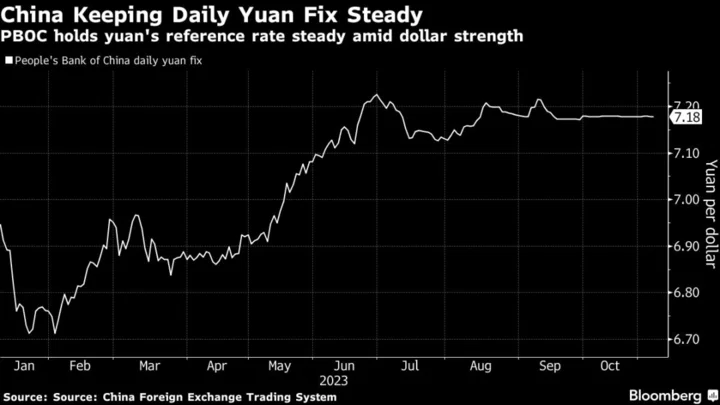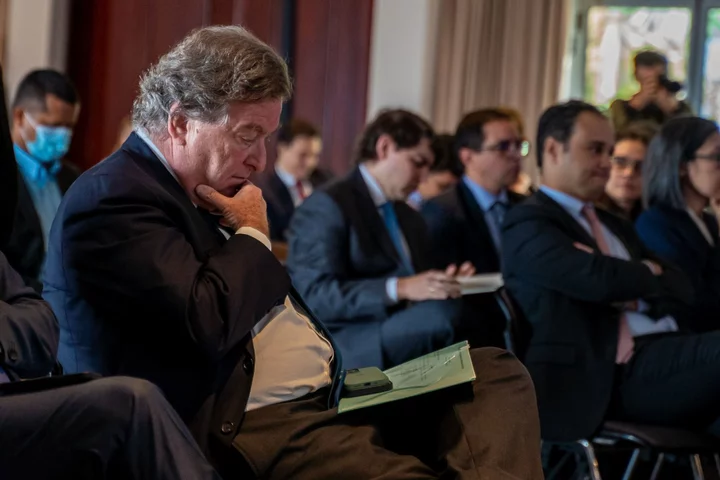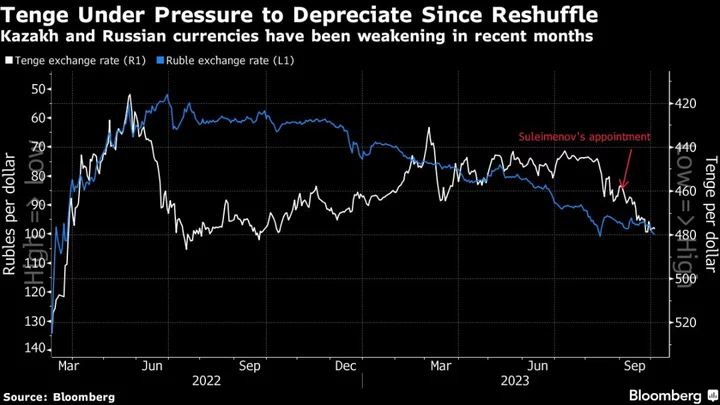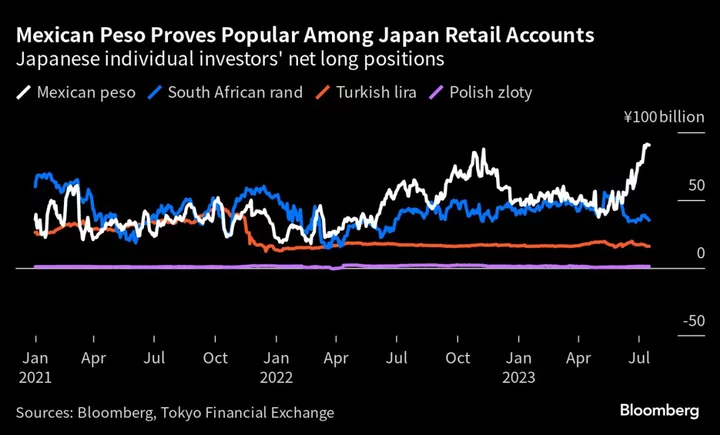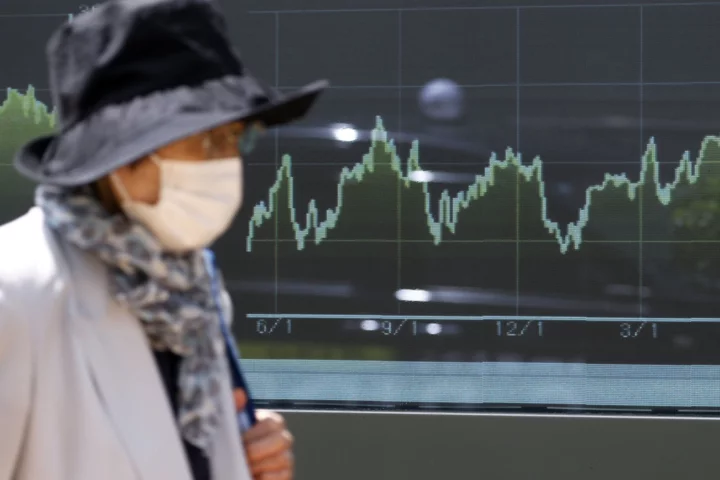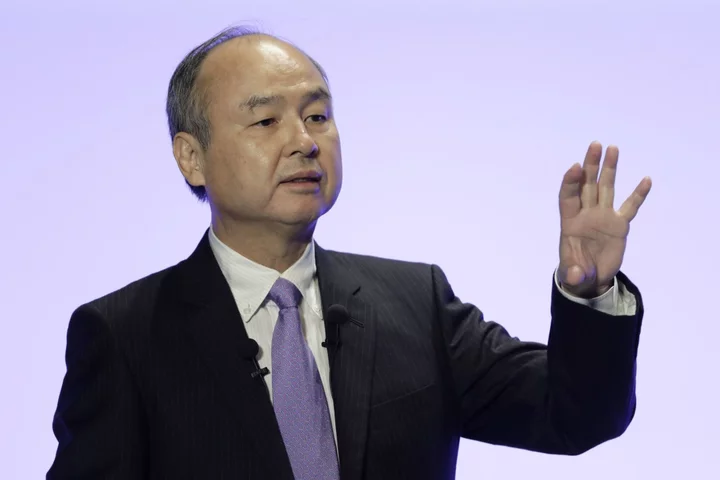The US Treasury reiterated its call for greater transparency in how Beijing conducts its exchange-rate policy and said it was monitoring China alongside five other major trading partners over its currency practices.
In its semiannual foreign-exchange report released Tuesday, the Treasury Department refrained from designating any trading partner as a foreign-exchange manipulator.
“China’s failure to publish foreign exchange intervention and broader lack of transparency around key features of its exchange rate mechanism make China an outlier,” the Treasury said in its report.
The release comes just two days before Treasury Secretary Janet Yellen sits down with her Chinese counterpart, Vice Premier He Lifeng. Over two days of meetings, the duo are expected to help restore high-level economic dialogue that had largely lapsed during escalating bilateral tensions over issues ranging from trade to security.
Treasury officials aim to raise concerns about the lack of transparency in both China’s currency management and its monetary policy in the coming weeks, a senior official told reporters when briefing on the department’s report Tuesday.
The Treasury’s congressionally mandated report is designed to pressure trading partners perceived to be artificially holding down currencies to gain competitive advantage. But the dollar has climbed in recent months alongside US Treasury yields. That’s left many economies taking steps to strengthen — rather than weaken — their exchange rates.
China is one of six economies on the Treasury’s “monitoring list” of major trading partners “that merit close attention to their currency practices and macroeconomic policies,” the department said. The others are Germany, Malaysia, Singapore, Taiwan and Vietnam.
South Korea and Switzerland were dropped from the list after having been on it in June. Vietnam, a country Yellen has sought to deepen US economic ties with and which she visited in July, was added. Washington and Hanoi have engaged for some time on Vietnam’s currency management.
Read More: US Removes Vietnam Tariff Threat After Currency-Dispute Truce
Meantime, Tuesday’s report “concludes that no major US trading partner manipulated the rate of exchange between its currency and the US dollar for purposes of preventing effective balance of payments adjustments or gaining unfair competitive advantage in international trade.”
The report covers the four quarters through June 2023.
China’s grip on the yuan has reached a level unseen for well over a decade in its daily reference rate, according to analysis compiled by Bloomberg — raising the risk of a buildup of currency pressure that may one day have to be released. The People’s Bank of China has spent much of the year trying to steady the yuan, which has fallen to a 16-year low against the dollar.
The Treasury on Tuesday reiterated citations of reports indicating that state-owned banks sometimes act on behalf of authorities in the currency market.
“China’s lack of transparency and use of a wide array of tools complicate Treasury’s ability to assess the degree to which actions by the authorities and state-owned banks are designed to impact the exchange rate,” the department said. “Treasury will continue to closely monitor China’s use of exchange rate management, capital flow, and regulatory measures and their potential impact on the exchange rate.”
The Yellen meetings this week will help set the ground for Presidents Joe Biden and Xi Jinping to have their first in-person meeting since last year. The sit-downs are occurring on the sidelines of the Asia Pacific Economic Cooperation forum in San Francisco this month.

